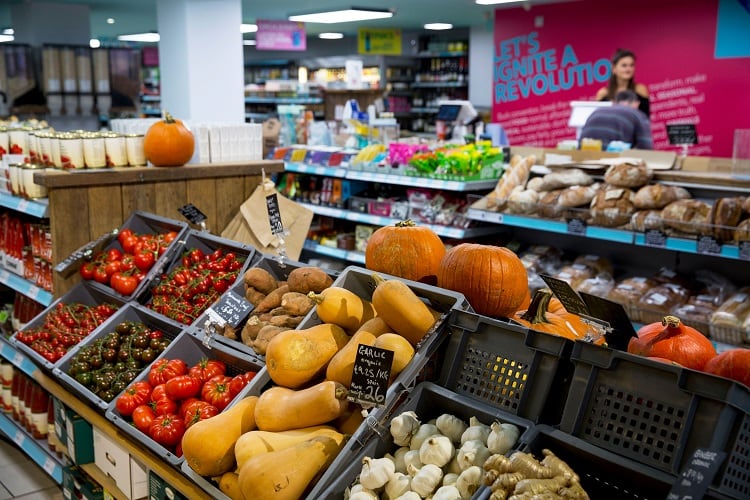Luxury retailer Harrods welcomes upwards of 15 million customers to its store in London every year. During busy periods, this can equate to 300,000 visitors per day perusing its seven floors, spread over 90,000m². And “all visit the food halls at some point”, according to the retailer’s director of food and home, Chris Dee.
Positioned on the ground floor of the Knightsbridge institution, which boasts a company turnover of £2bn annually, does not just make the foods halls a ‘destination space’, it means big business.
With roughly one-third of its customers hailing from the Middle East, one-third from Asia, and one-third from Europe – with a large proportion from Harrods’ native UK – the department store provides a ‘premium experience’ to an international audience.
“We can stretch the price point in terms of being able to put more premium products on shelf,” explained Dee at start-up event Bread and Jam in London earlier this month. And he means it: among Harrods luxury food offerings is a jar of single hive Manuka honey from New Zealand with a £2,500 price tag. “It’s super premium, it’s super rare, it’s absolute perfection in that world,” Dee explained.
Therefore, Harrods does not just provide a service to affluent customers, it also offers a marketplace for premium brands. “It offers a lot of opportunity people who want to sell quality food,” the food chief reiterated.
So how do quality brands get their products on these elusive shelves? Broadly speaking, food companies can vie for a listing in one of three categories: branded products, food ingredients, and own-label.
Branded products
Securing a listing at Harrods provides brands with a seal of quality. “Our buyers are very, very particular and they are going to want to understand why your product is different, absolutely understand the provenance and [its] attributes, and it has got to taste amazing. It really does have to tick every single box,” the director told food entrepreneurs at the event.
The ‘fussy’ buyers know, as do young brands, that having the ‘Harrods’ logo on a product presentation when looking to secure a listing elsewhere ‘makes a big difference’, he continued.
Among the most important elements of a luxury food product to Harrods are food safety, packaging, and quality. The store’s customers will not accept something that is poorly packed or that ‘doesn’t look the part’, Dee emphasised. Harrods also employs food technologists to ensure an impeccable food safety record is maintained. But “what really matters to us is the quality of the product we are selling,” the category director reiterated.
The luxury food market is more diverse than many expect, it’s not just caviar, champagne, smoked salmon and Wagyu, he suggested. In fact, almost every food category has a high-end market. “If you meet the criteria of quality, and packaging, in…luxury areas, there is absolutely no reason why you can’t supply to Harrods,” he told listeners.
The store can also provide a level of flexibility typically less available to brands supplying to national supermarket chains, particularly in terms of logistics and administration. Harrods’ buyers understand the constraints of a new brand: “We know we need to encourage, support and nurture small business and not to expect them to have it all sorted by day one.”
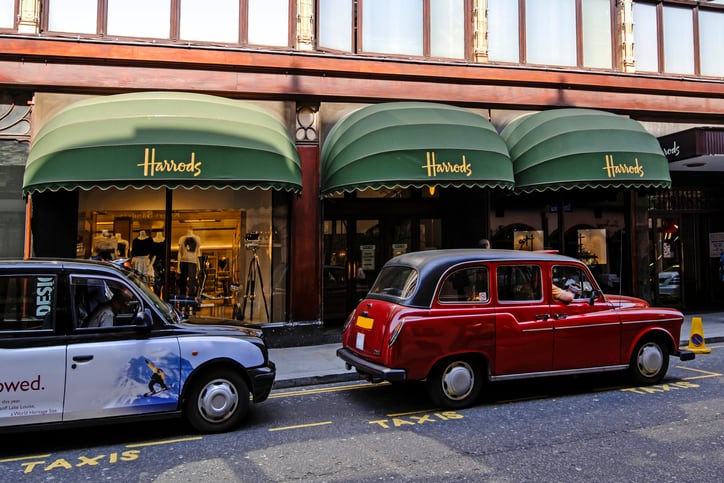
But with one flagship store, and a selection of small satellite outlets in airports, is securing a Harrods listing going to provide enough scale for a young company? No, said Dee, particularly given that Harrods – like its luxury competitors – is likely to demand exclusivity. However, this is not so different from a national retailer, he continued, suggesting that supermarket chains are also likely to demand exclusivity from a start-up brand for the first six months, if not 12.
According to Dee, the fact remains that being stocked at Harrods “is never going to provide you with massive volume in the way that [a national retailer like] Tesco would”. However, it can protect a brand and “probably keeps you honest in terms of the levels of quality and expectation”, he elaborated.
Further, as price is not the biggest driver of choice, the luxury retailer offers opportunities that most conventional retailers cannot: “So if your product is super premium, really high quality, but it’s expensive, that’s not a problem to Harrods.”
Own-label is ‘big business’
“Own-label obviously comes with a different level of cooperation and partnership with Harrods,” explained Dee. “We are very keen to work very closely with own-label suppliers to find something unique and special.” In return, Harrods offers its own packaging design. “We will create the product with the supplier in that [particular] situation.”
In fact, the retailer’s most-sold food product is an own-label product: Harrods Cocoa Dusted Almonds. These are ‘massively popular’, the food chief revealed, adding that a large proportion of sales is driven by Middle Eastern trade.
Interestingly, the success of the cocoa almonds can be traced back to one popular social media post. Today, the almonds are an ‘iconic bestseller’. At £12.95 per 325g Dee admitted “it’s a little expensive in the supermarket world”, but ‘not so expensive’ for a shopping mission at Harrods.
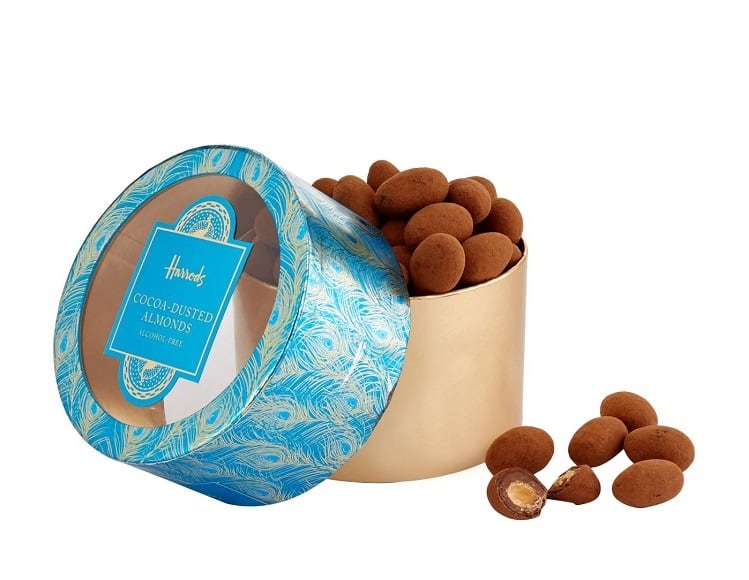
The primary mission for Harrods customers is ‘almost certainly’ gifting, whether that be gifting for others or gifting to oneself. And own-label plays a major role in that. The food hall provides everyone with an access point to the Harrods brand, he continued.
“People want a little bit of Harrods. A £10 or £15 packet of tea [for example] gives them that opportunity. Buying a bit of Harrods and Harrods branding is part of your visit to Harrods. A lot of our customers will visit us just once in their life, so they want to take away a souvenir.
“They want something that has Harrods on it, and food is a big part of that trade for us.”
It is also this category that could prove particularly lucrative for food companies. Compared to a branded listing, where companies are less likely to ‘make a fortune’ by being listed in one sole store, the food chief suggested that own-label suppliers can ‘potentially’ strike rich.
“It is potentially big business,” he elaborated, “certainly in some of our key categories, like tea and chocolate. There are big volumes being sold and we are open to new suppliers and newcomers within that industry.”
Fresh ingredients
Harrods’ fresh ingredients category is also available to food suppliers. Many may be unaware that the retailer buys huge quantities of fresh ingredients for its 150 chefs working across two production kitchens.
“Every loaf of bread, everything you see on the deli counter, broadly everything in-store that is fresh food, and obviously everything you eat in the restaurant is made by our chefs,” Dee explained, adding the majority of these products is produced overnight for the next day’s custom.
‘Food for now’ also comes under this umbrella, which is available in the store’s fresh food hall. “We are famous for our sandwiches, famous for our lobster roll, and famous for being able to provide those visitors [on a ‘food for now’ mission] with something for their lunch,” we were told.
For this fresh ingredients category, Harrods partners with ‘lots of key suppliers’. “There is no branding,” the food director confirmed. “It is all about getting the quality of that ingredient right.”
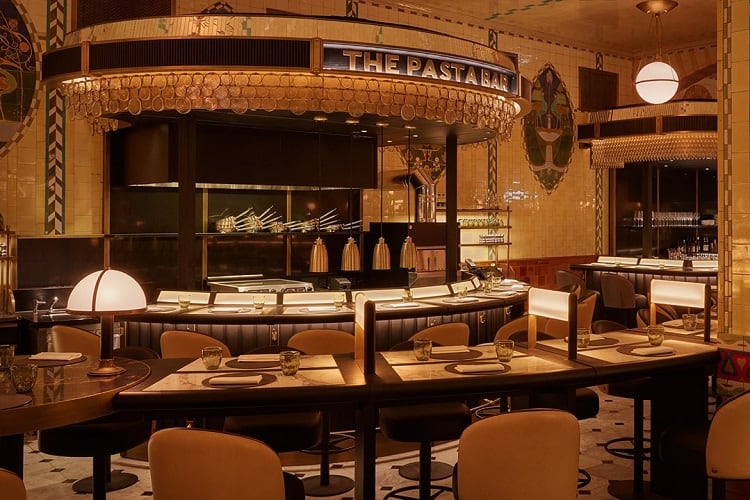
Room for innovation?
So which areas should newcomers keen for a listing in luxury retail be targeting? According to Dee, there is not enough innovation in Harrods’ classic categories – such as chocolate and biscuits – as there should be. There is a reliance on ‘old favourites’ in the very traditional categories, he confirmed.
Elsewhere, the food hall has a gourmet grocery category that offers opportunities for more experimentation. “There is a lot of innovation that comes through, but not much of it sticks,” the food chief elaborated.
This may suggest that Harrods customers are not necessarily looking for the most cutting-edge, fashion-forward foods available. “I want evidence that someone has got something that will last. That they have created something genuinely special, and [not just] massively on trend,” Dee explained.
In other trending areas, such as plant-based, healthy, and free-from, the food chief is seeing either little innovation, or few sales. “I can’t think of a [single] luxury vegan production. If someone has something very specific, I’d be interested to see it,” he told food entrepreneurs.
Harrods has struggled with sales on products ‘vaguely healthy eating orientated’, he continued, suggesting that consumers choose to shop at the retailer for luxury indulgence. Dietary requirements are also ‘niche’ at the store. “I would say they are less mainstream [at Harrods] than they are at Tesco, for example.”
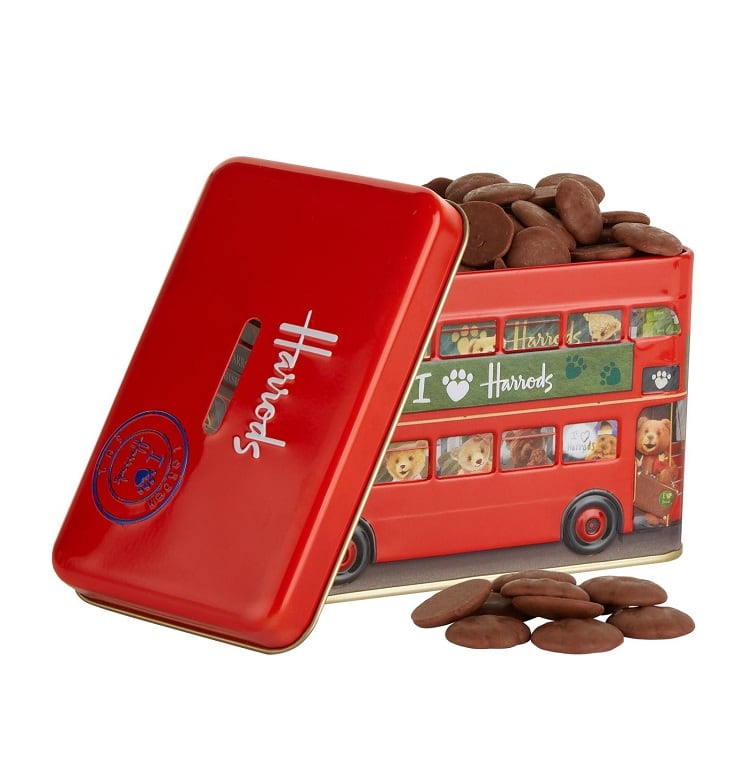
Sustainability
Offering insight into Harrods sustainability strategies in food, Dee addressed one of the store’s unique selling points: its packaging.
“It is a real dilemma,” he revealed, “because sometimes plastic is the right packaging”. There are, however, ways the retailer can cut down on its plastic use. Double packaging is one such area currently being addressed via a retendering process across the food category.
“We are looking at every single Harrods own-label SKU [of which there are approximately 1,500] and retendering it, redesigning it, repackaging it, and having to look at different packaging options. What I’m interested is in ensuring that the packaging we sell food in is what our customers expect it to be.”
Ultimately, however, quality remains the main driver of the business. “We will address quality before we address sustainability, and then we will address sustainability through this core process.”
In other areas, the luxury retailer is broadly, and proudly, waste-free. By producing ‘food for now’ ranges itself, and self-managing its fresh food category, the store is responsible for ‘very minimal waste’ on counters. “We only buy what we need and…we only sell what we’ve made,” he elaborated. “Which is not true in the rest of the world.”



